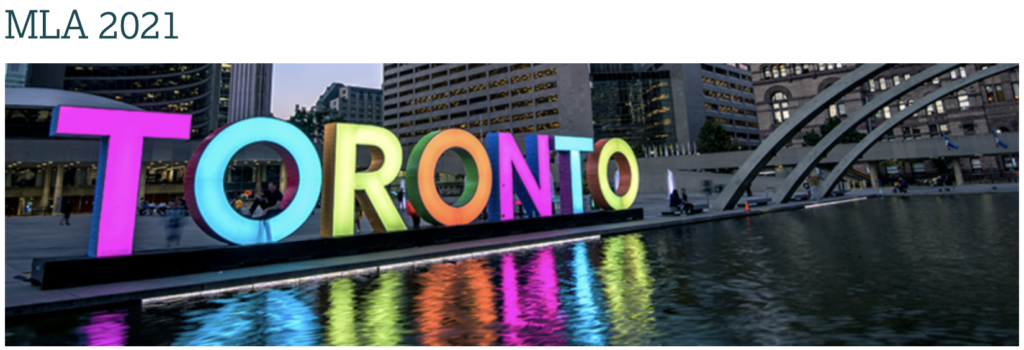
Comics and Graphic Narratives for Young Audiences
Co-sponsored by the MLA Forum on Comics and Graphic Narratives and the MLA Forum on Children’s and Young Adult Literature.
This panel for the 2021 MLA Convention in Toronto (Jan 7-10, 2021) explores intersections between children’s literature and comics (including manga and graphic novels). All periods and nations welcome.
Children’s comics and graphic novels have emerged as the dominant commercial force in the industry, with authors like Raina Telgemeier and Dav Pilkey selling millions of books. Yet comics studies still pays relatively little attention to comics for children. As Jared Gardner writes in PMLA, “Comics studies as a whole remains largely oblivious to the world of comics for children and young adults, by far the fastest-growing demographic in the field” (597). While there has been some recent scholarship on children’s comics, including an edited collection by Michelle Ann Abate & Gwen Athene Tarbox (2017) and monographs by both Lara Saguisag (2019) and Qiana Whitted (2019), the children’s segment of the comics market remains insufficiently theorized – thanks to the field’s historical focus on comics for adults. This panel seeks to fill this gap by calling attention to both contemporary and historical connections between comics, children, and childhood.
Some questions panelists might address include (but are not limited to):
- Do comics scholars pay enough attention to children’s comics? Why are children’s graphic novels not viewed as being the same medium as adult comics?
- Having conferred legitimacy on a once-maligned genre (“comics”) via language suggestive of adulthood (“graphic” can mean both sophistication and pornographic), does the term “graphic novel” sever the genre’s historical connections to children or encourage the ambitions of (what we might now call) “children’s comics”? What are the impediments and possibilities of “graphic novel” for discussing comics read by children?
- How should the intersections between histories of comics and of children’s picture books inform our analyses and/or teaching of each?
- What sort of reactions have children’s comics gotten from parents and teachers? Is there still suspicion of children’s comics? Why or why not?
- How do child readers engage with comics? How are children’s comics reading practices different from those of adults? In particular, how has the digital age affected the ways in which children access and read comics?
- What do the changing boundaries of “children’s comics” reveal about the social constructions of childhoods?
- How is childhood represented in comics that are not specifically intended for children?
- What is “childish” about comics? How have accusations of childishness helped to shape the history of comics?
- How do children’s comics fit into the larger debate over diversity and inclusion in children’s literature?
- What do the differences and similarities between children’s comics across cultures reveal about the medium and its audience(s)? How might a dialogue between histories of the “big three” comics producers (U.S., France, Japan) and histories of producers from other cultures (say, India and Mexico) improve our understanding of the field?
- How do the histories of comics in countries that imposed some version of a “comics code” (say, U.S., U.K., Australia) compare with the histories of comics in countries that have not (say, Japan)?
- How might we draw upon new research – such as that by Lara Saguisag (2019) and Qiana Whitted (2019) – to rewrite histories of comics for young readers, more carefully examining the genre’s racialized visions of childhood, citizenship, and activism?
CV and 350-word abstract to Aaron Kashtan (aaronkashtan@gmail.com) and Philip Nel (philnel@ksu.edu). Deadline: March 10, 2020.
